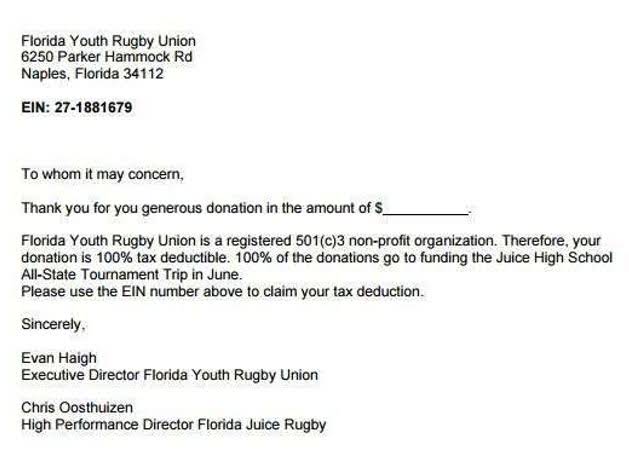
The complete accounting equation based on modern approach is very easy to remember if you focus on Assets, Expenses, Costs, Dividends (highlighted in chart). Conversely, a decrease to any of those accounts is a credit or right side entry. On the other hand, increases in revenue, liability or equity accounts are credits or right side entries, and decreases are left side entries or debits. https://www.bookstime.com/ In the first transaction, the company increased its Cash balance when the owner invested $5,000 of her personal money in the business. (See #1 in the T-account above.) In our second transaction, the business spent $3,000 of its cash to purchase equipment. Hence, item #2 in the T-account was a credit of $3,000 in order to reduce the account balance from $5,000 down to $2,000.
The name of the account is placed above the “T” (sometimes along with the account number). The T account is a fundamental training tool in double entry accounting, showing how one side of an accounting transaction is reflected in another account. The left side of the Account is always the debit side and the right side is always the credit side, no matter what the account is.
Step-by-step explanation
When the total of debits in an account exceeds the total of credits, the account is said to have a net debit balance equal to the difference; when the opposite is true, it has a net credit balance. Debit balances are normal for asset and expense accounts, and credit balances are normal for liability, equity and revenue accounts. As the name suggests, it takes the shape of letter ‘T’, and the name of the account is placed above the T (sometimes along with the account number).
Vanguard sets an April 1 sell-by-date for some RIA clients to … – RIABiz
Vanguard sets an April 1 sell-by-date for some RIA clients to ….
Posted: Thu, 23 Nov 2023 02:28:28 GMT [source]
Debits and Credits are simply accounting terminologies that can be traced back hundreds of years, which are still used in today’s double-entry accounting system. A double-entry accounting system means that every transaction that a t accounts company makes is recorded in at least two accounts, where one account gets a “debit” entry while another account gets a “credit” entry. When most people hear the term debits and credits, they think of debit cards and credit cards.
Video Explanation of T Accounts
A depositor’s bank account is actually a Liability to the bank, because the bank legally owes the money to the depositor. Thus, when the customer makes a deposit, the bank credits the account (increases the bank’s liability). The asset account above has been added to by a debit value X, i.e. the balance has increased by £X or $X. At the end of any financial period (say at the end of the quarter or the year), the net debit or credit amount is referred to as the accounts balance.
Whenever an accounting transaction is created, at least two accounts are always impacted, with a debit entry being recorded against one account and a credit entry being recorded against the other account. If you spend $100 cash, put -$100 (credit/Negative) next to the cash account. The next step would be to balance that transaction with the opposite sign so that your balance sheet adds to zero. The way of doing these placements are simply a matter of understanding where the money came from and where it goes in the specific account types (like Liability and net assets account). If the sum of the debit side is greater than the sum of the credit side, then the account has a “debit balance”. If the sum of the credit side is greater, then the account has a “credit balance”.
. Determine the ending balance of each of the following T…
Accounts with a net Debit balance are generally shown as Assets, while accounts with a net Credit balance are generally shown as Liabilities. The equity section and retained earnings account, basically reference your profit or loss. Once again, debits to revenue/gain decrease the account while credits increase the account. For different accounts, debits and credits can mean either an increase or a decrease, but in a T Account, the debit is always on the left side and credit on the right side, by convention. This use of the terms can be counter-intuitive to people unfamiliar with bookkeeping concepts, who may always think of a credit as an increase and a debit as a decrease.

